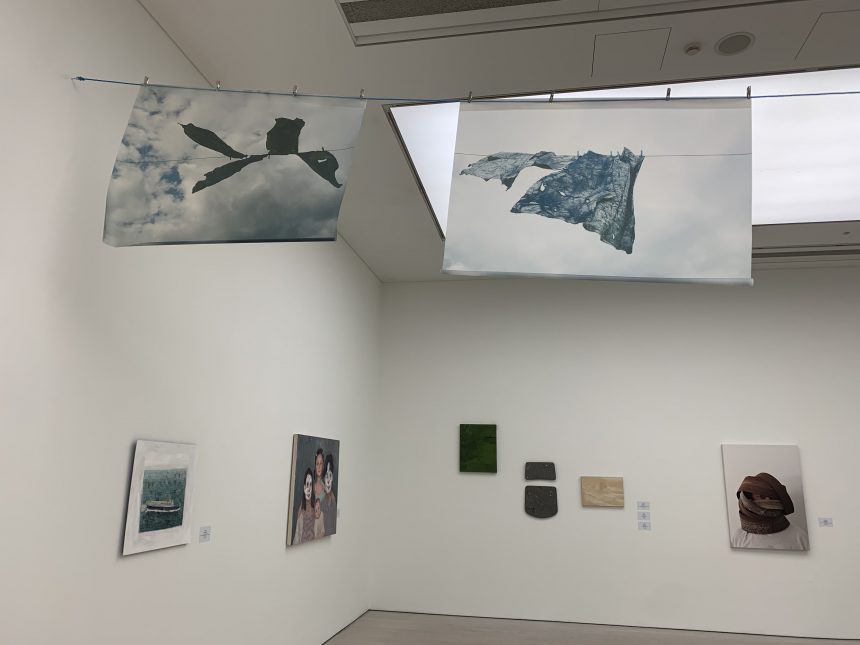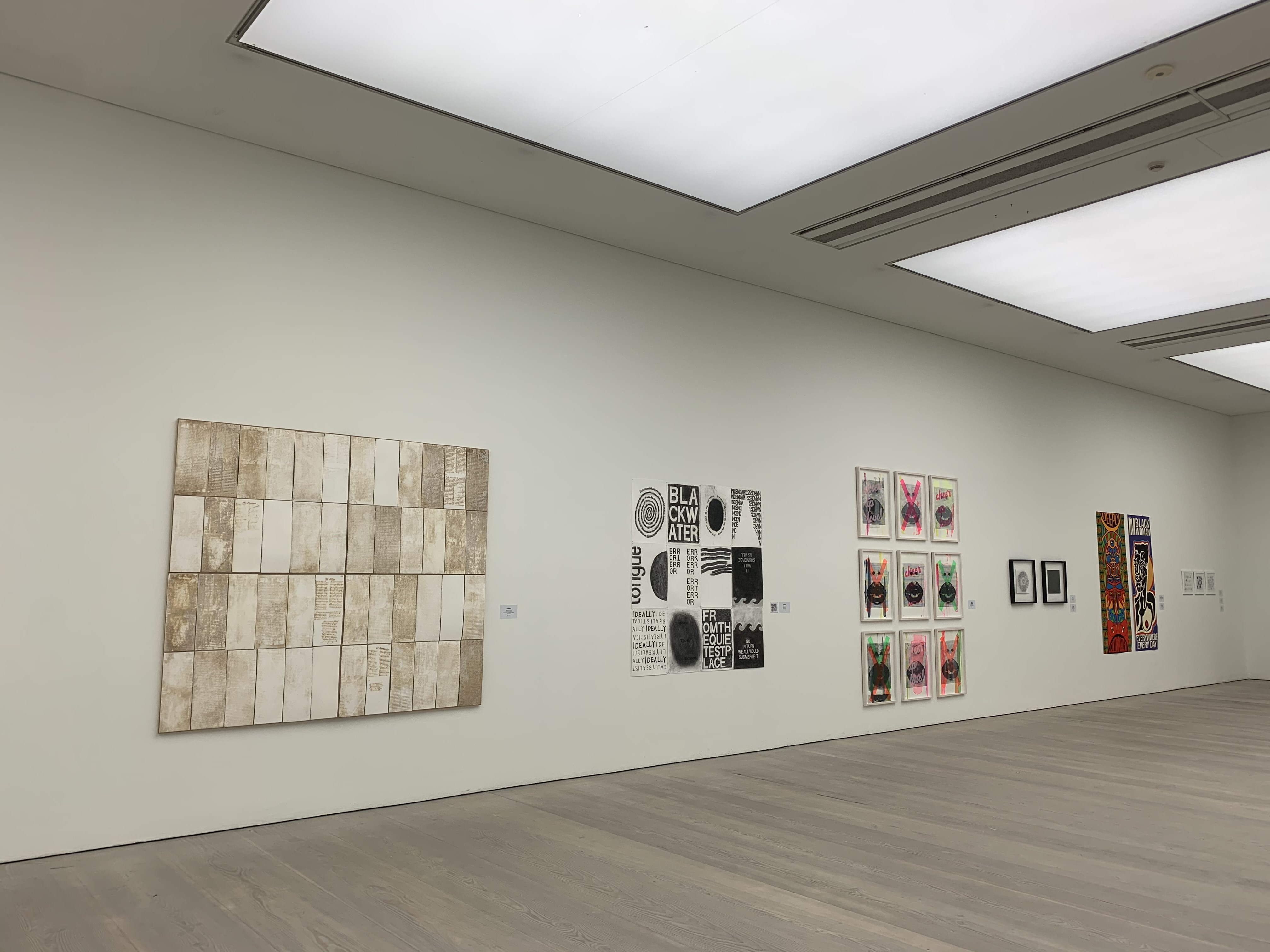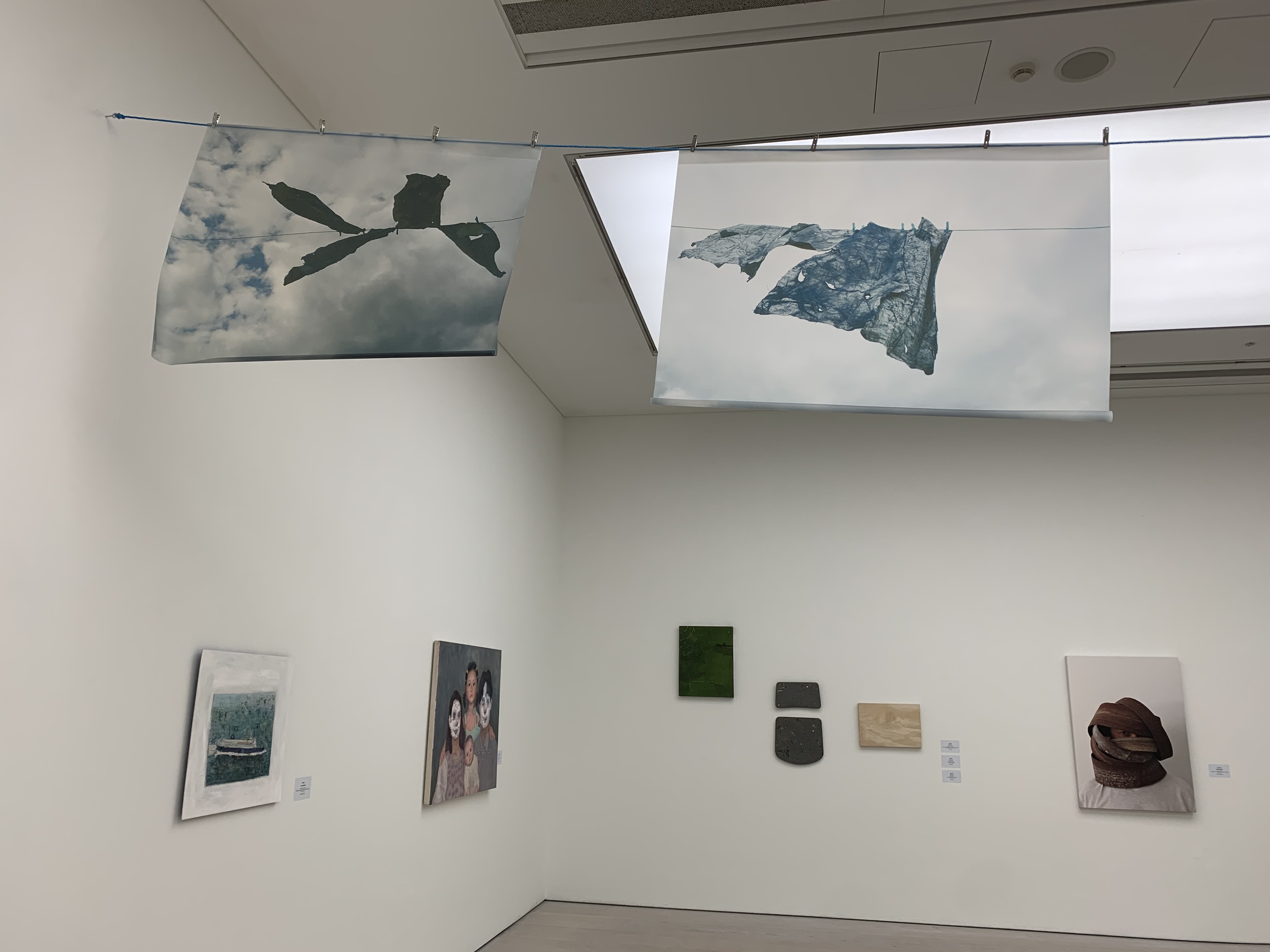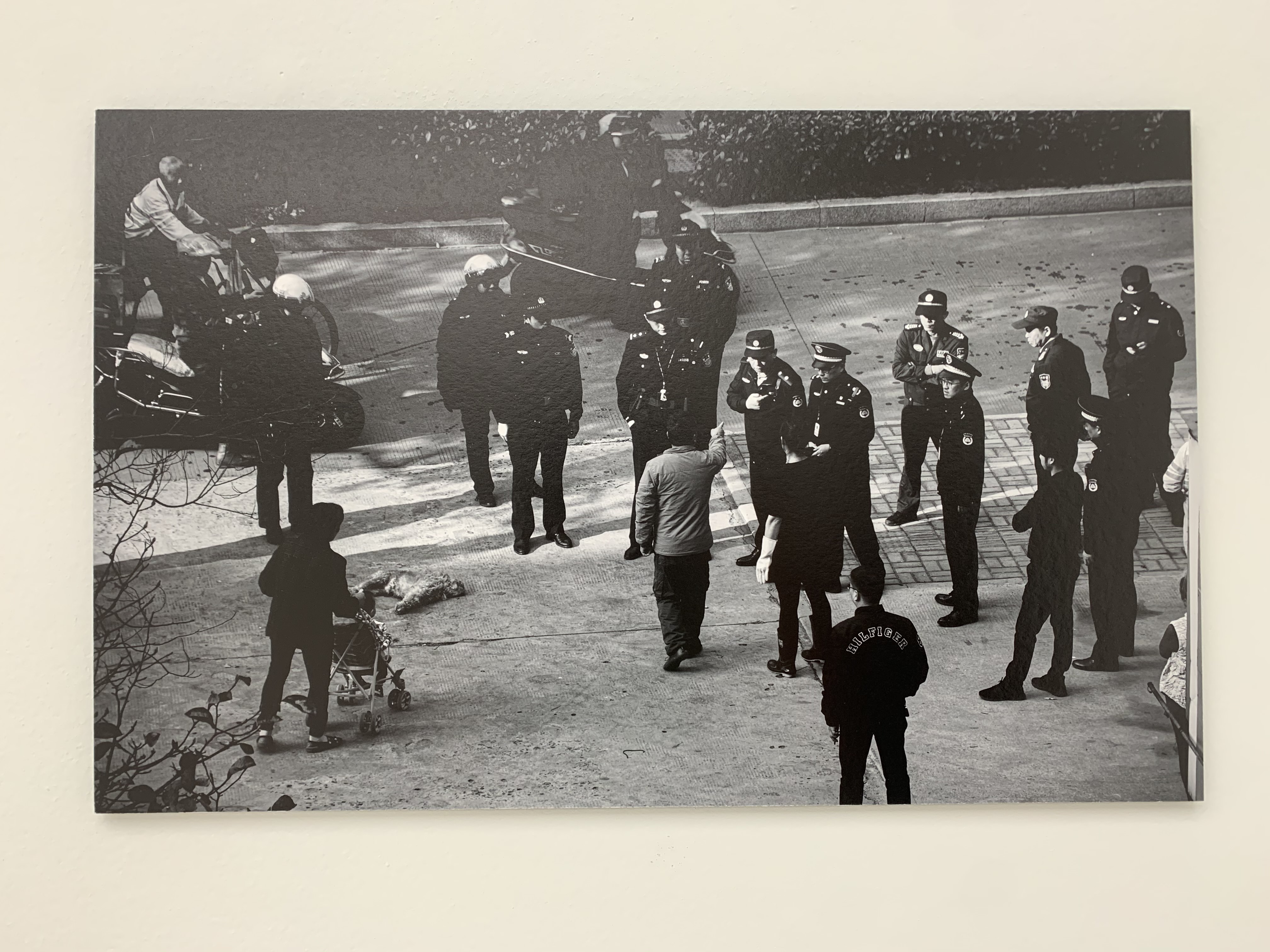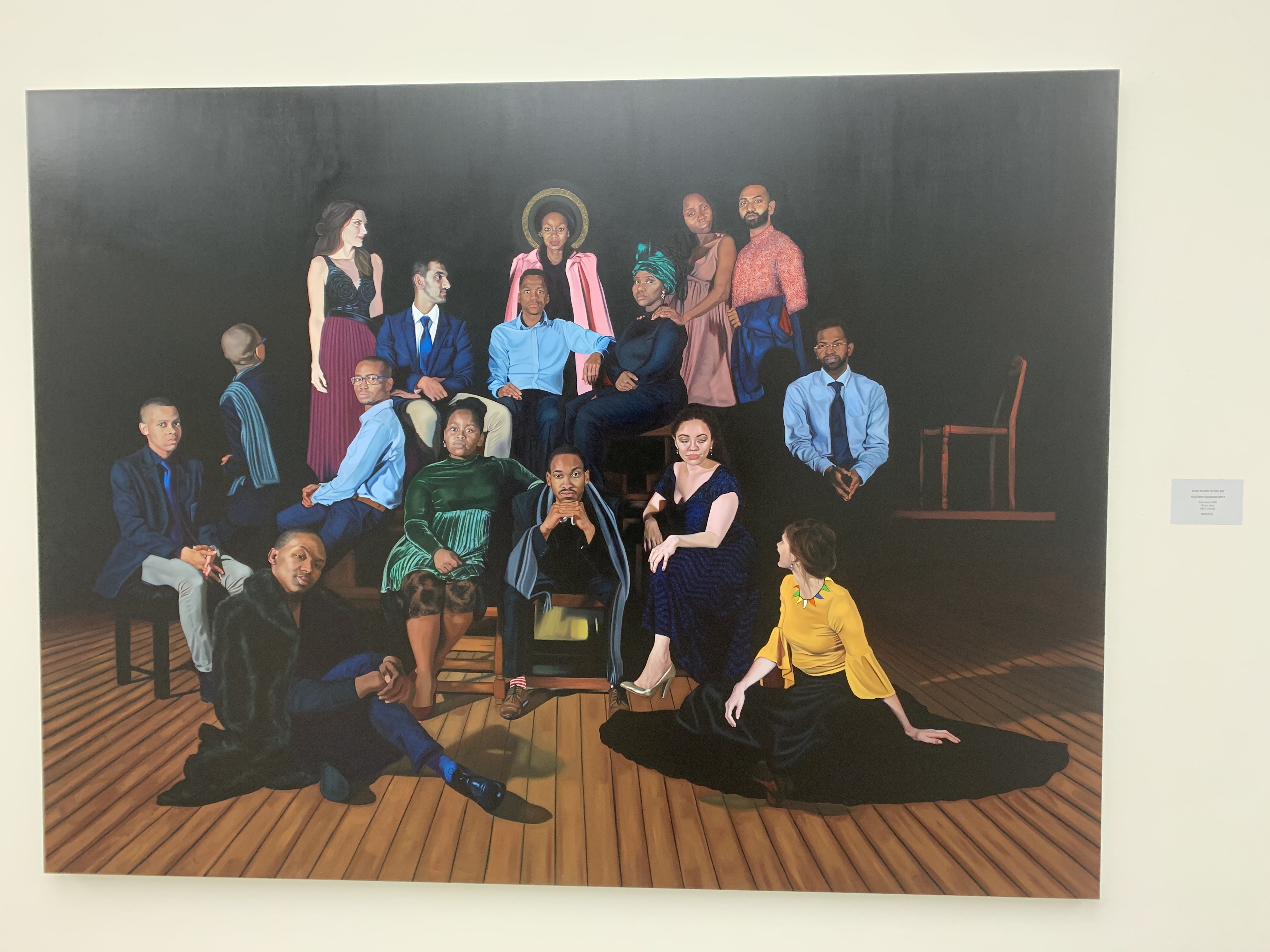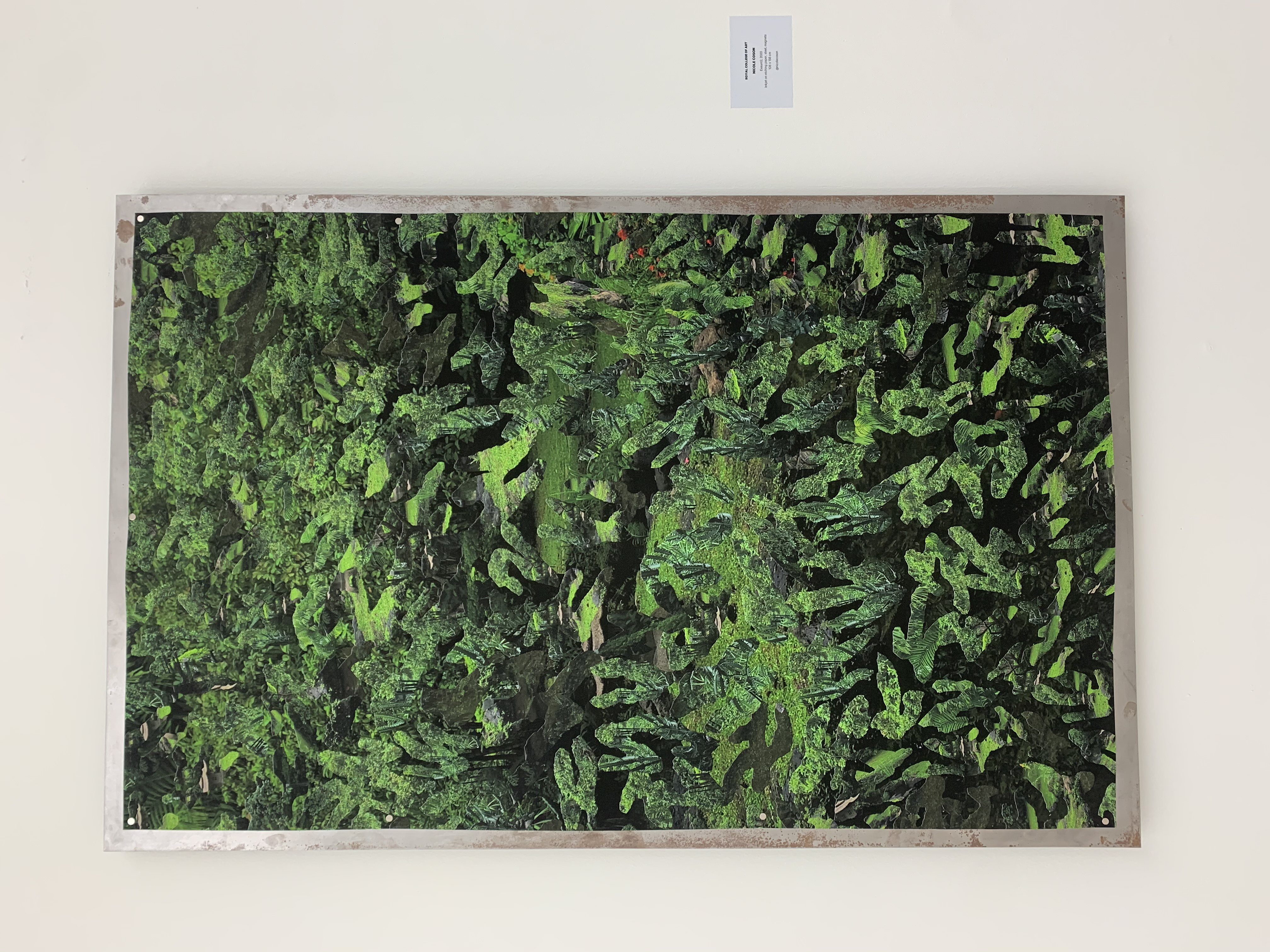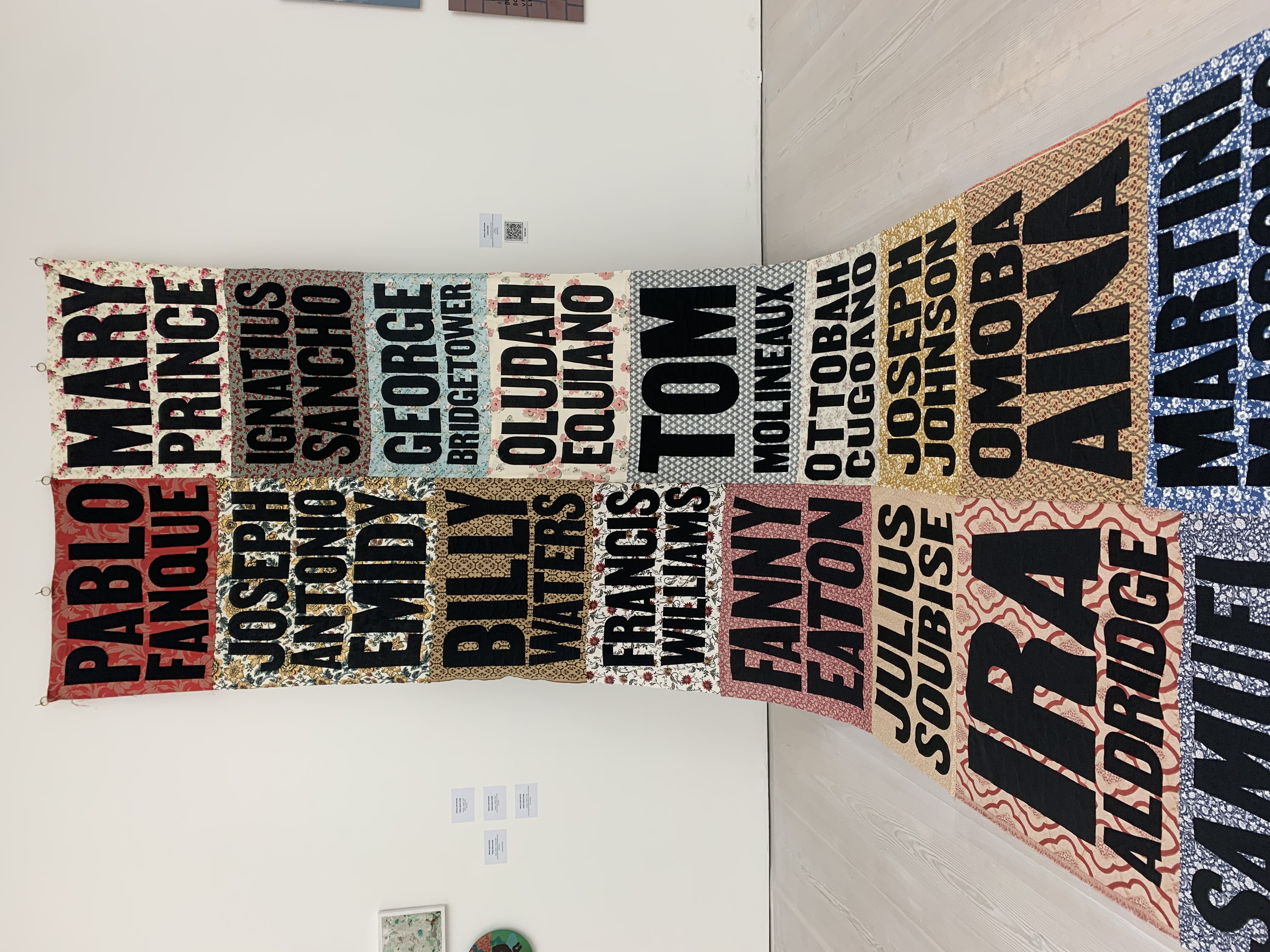Saatchi Gallery: London Grads Now
The Saatchi Gallery has taken on an ambitious and well-received exhibition in light of the flurry of grad shows that have been cancelled for the 2019-20 cohort. Showcasing works from the main London art schools, London Grads Now offers the critical exposure that many students have missed due to coronavirus.
Gallery shot of London Grads Now, Saatchi Gallery, 2020.
Although substituted with ‘virtual’ graduate exhibitions, such as the Royal College of Art’s unprecedented RCA2020, the end of the year grad show facilitates the transition for students to become artists. The lack of in-person and public events has meant that graduates have not received the same extent of exposure as before, and instead have had to settle for alternative methods of working and display.
Saatchi organises the works based on art school: Camberwell, Chelsea, Wimbledon, Central St. Martins, Goldsmiths, Slade and the Royal College. This means that not only are the individual artists up for comparison against one another, but so are the institutions themselves. Any previous ideas of standing or ranking between the schools are therefore put into question. With different student curators for each section, this chosen layout enables a visual juxtaposition between each school’s use of media, themes, and their general standard of talent.
Gallery shot of London Grads Now, Saatchi Gallery, 2020.
Chelsea, Camberwell and Wimbledon form the first two rooms of the exhibition, which, overall, was larger than expected. Our attention is immediately brought to the reasons behind this unusual show through the introductory text, emphasising that some artists have taken the recent ‘lockdown’ into their work, alongside issues such as gender fluidity, identity and post colonialism.
The first two galleries showcase a small but enticing selection of photographs. Chrissie Craig’s Pool 1, 2020, from Camberwell is one of them. A digital print of an overgrown swimming pool scene comprises three overlapping sheets, falling from a line of visible metal nails. It is blurry and vintage-looking up close, yet the curious scene gains focus when standing further away.
Installation shot of Tingyi Xu’s 127, 2020.
Of a more outwardly political-nature, Tingyi Xu’s, from Chelsea School of Arts, 127, 2020 modestly attracts attention. The photo depicts a confrontation between a civilian and police forces in China, while a dog lies down in the middle of the commotion. The scene creates conversation with the recent news surrounding racist and unfavourable treatment by the police, as well as China’s growing national and international hostility.
Installation view of Khushna Sulamn-Butt’s Ascension, 2020.
What is striking is the dominance of painting throughout, seen from the very beginning of the exhibition. This may be due to the current ‘return to painting’ sensibility, as we see more contemporary artists return to figuration using paint. Or perhaps, it could be more simply due to the limitation on resources and materials available when working outside of a studio.
Some of the finest examples of painterly skill and great potential, were Frank Jimin Hopp, YES! NOW!, 2020 from Chelsea and Khushna Sulamn-Butt’s striking Ascension, 2020 from the Slade. Demonstrating radically different painting styles and subjects of equal merit, they demonstrate the diversity of the sophisticated and visually-stimulating set of paintings on display here.
Installation shot of Nicole Coson’s Exeunt2, 2020.
Following an underwhelming showcase from Goldsmiths, the Royal College comes out strong on all fronts. Taking over two of the larger upstairs rooms, the artists give you a mid-way surge of enthusiasm for the show. Front runners include Nicole Coson’s Exeunt2, 2020, with her multi-media work weaved from a photograph of tropical greens and camouflage fragments, and Garrett Pruter’s 500 Photographs of Fire, 2020, which incorporates hundreds of burnt pieces of photographs to make an unidentifiable and textured surface on a linen canvas.
In true Saatchi fashion, there’s the absence of accompanying captions to the works, which may be due to the exhibition’s size. Rather, each artist’s handle is given under the details of the work, making it easy to follow them on the spot.
Installation view of Jahnavi Inniss’s Black British History Quilt, 2020.
One artist from Central Saint Martins takes a different approach. Jahnavi Inniss’s, Black British History Quilt, 2020, offers a QR Code alongside her intriguing installation in the final room. Embroidered into the quilt are the names of ‘forgotten’ or overseen influential and historical Black British figures, the product of extensive research. Given that most visitors would likely have their phone at hand, the additional information to give context to this work is warmly welcomed.
Her website encourages visitors to suggest other figures who they believe should be included in the ongoing work. This gives us something substantial to think about and take away when leaving this varying and one-of-a-kind show, which indeed addresses many of the issues and feelings that have come to the surface during this unprecedented year.
London Grads Now, is on at the Saatchi Gallery, SW3, until September 25. Advance booking required.

